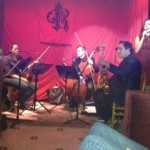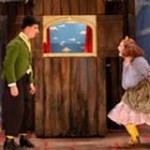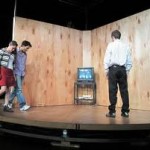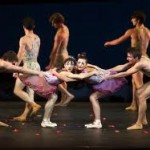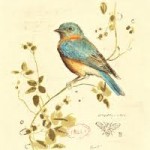 Jake Shapiro, a former public radio producer and now the founder of PRX, an online marketplace for the distribution, review, and licensing of public radio programming, presented a thoughtful discussion yesterday afternoon at the South by Southwest Festival on the relationship between public radio and the Internet — two spaces where he feels very much at home.
Jake Shapiro, a former public radio producer and now the founder of PRX, an online marketplace for the distribution, review, and licensing of public radio programming, presented a thoughtful discussion yesterday afternoon at the South by Southwest Festival on the relationship between public radio and the Internet — two spaces where he feels very much at home.
Shapiro started by talking about public radio’s current strengths, from its growing audience to reasonably durable business model. (Public Radio has had to figure out a diverse fundraising strategy from the get-go featuring federal and state funding, underwriting, individual donations, and foundation grants.)
Then he acknowledged the challenges facing the medium which included threats to federal funding and changes in access to content brought about in the main by the revolution in digital technology. Plus, there’s the simple fact that public radio, whose mission it is to reach all Americans, actually only reaches a fraction of the population: “We still only reach 10 percent of the country,” Shapiro said.
The core of the presentation was a discussion of five elements that radio does very well — and that newer digital models of audio content production could do well to imitate. These points included:
– have a mission
– tell a story
– curate
– broadcast
– ask for money
Shapiro also told an engaging story about a provocative idea that came out of the early years of Internet broadcasting, which could teach public radio and other companies a lesson or two about how to reward their users.
When Shapiro played the guitar in a band, they signed up in the mid 1990s with a service called mp3.com, which was one of the early Web-based music showcases. When Mp3.com decided to go public in the late 1990s (as every Web startup was doing during the Internet boom,) it offered all the bands on its site — its users — shares in its IPO. The band members cobbled together a couple of thousand dollars and walked away with about $30,000 after the deal was made. The cash enabled Shapiro’s band to travel to go on an international tour. “Why don’t more companies offer their users a shot at the IPO,” Shapiro asked. “It was a great time. We made it big in Korea.”



